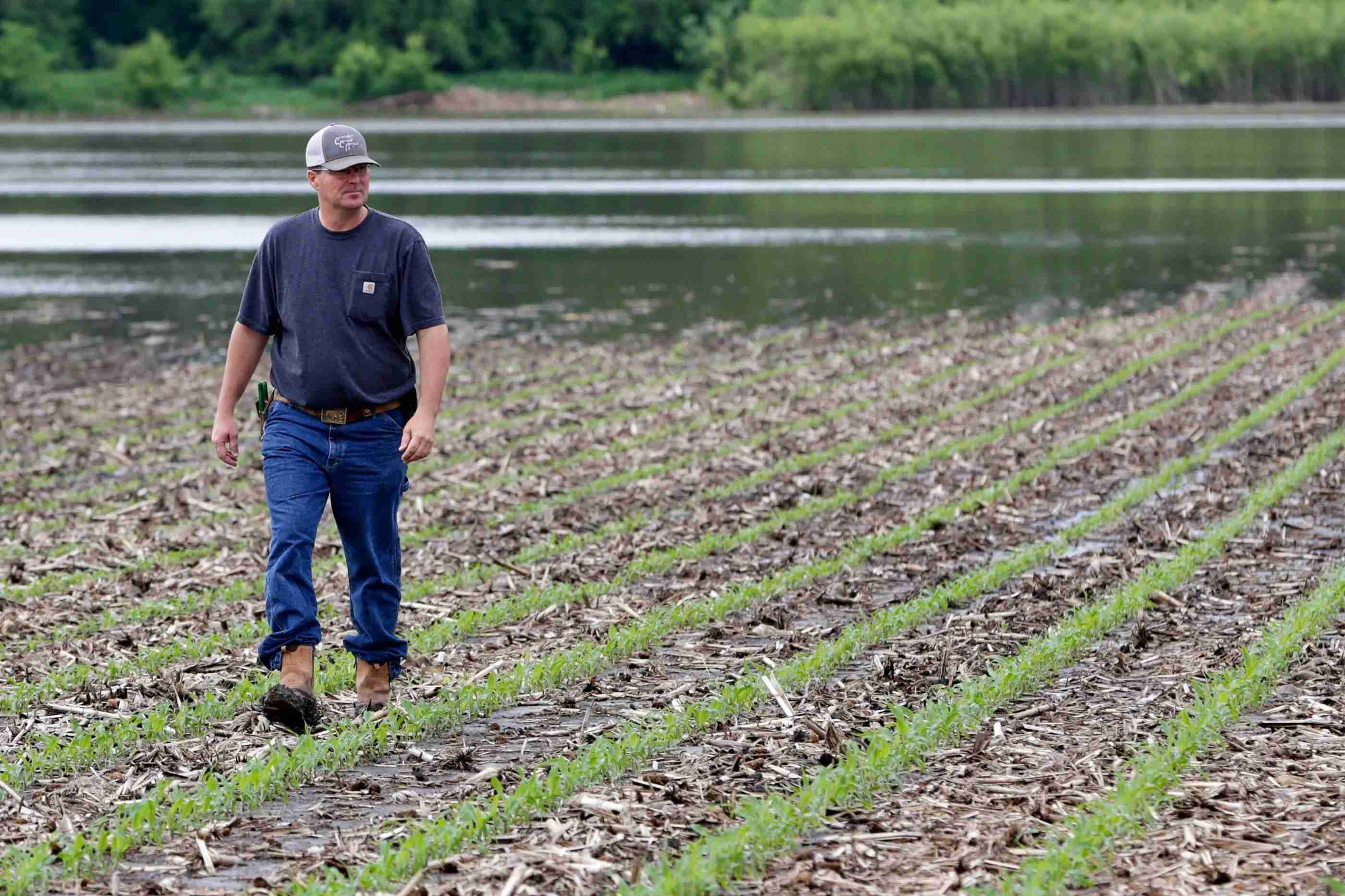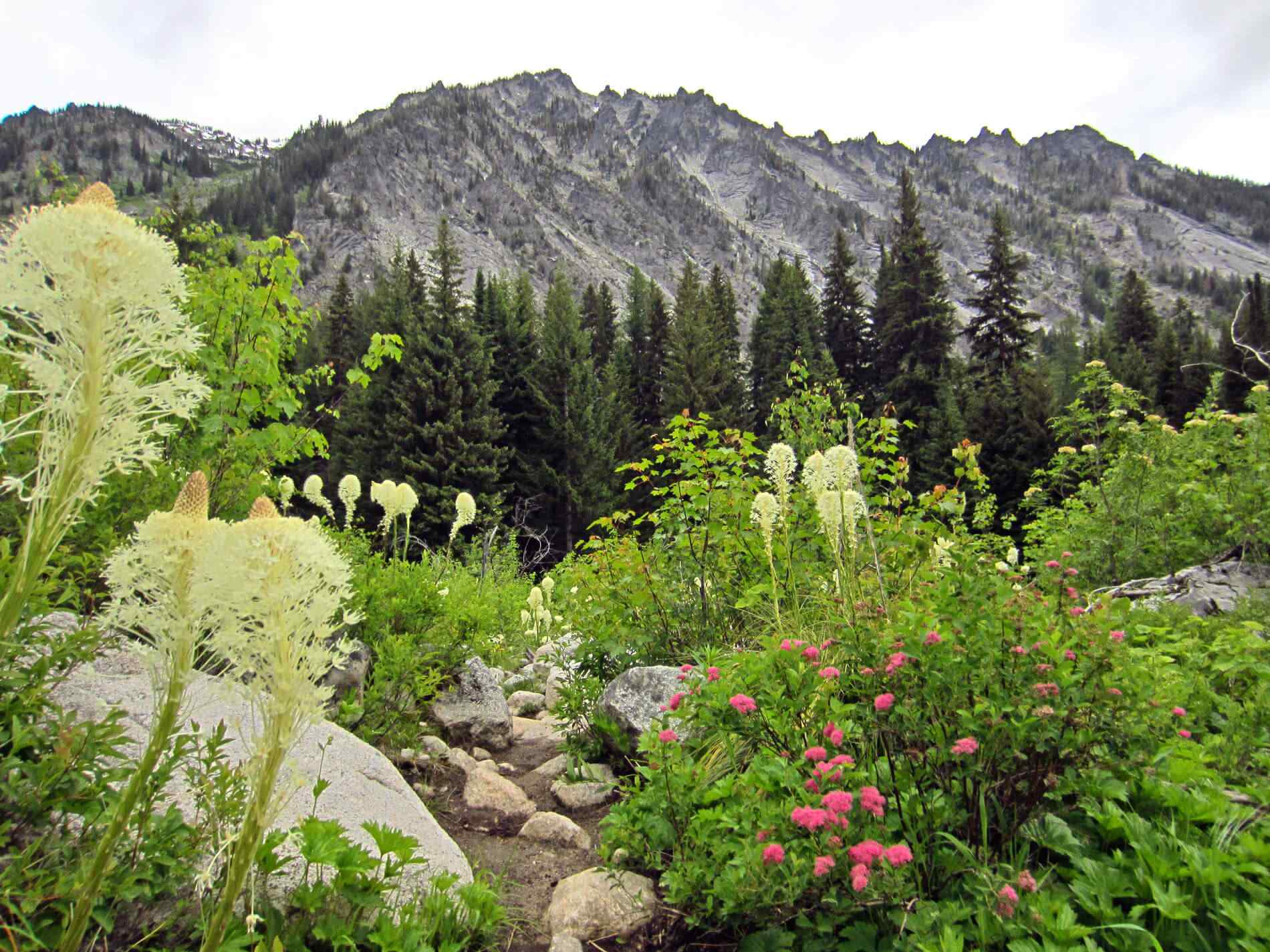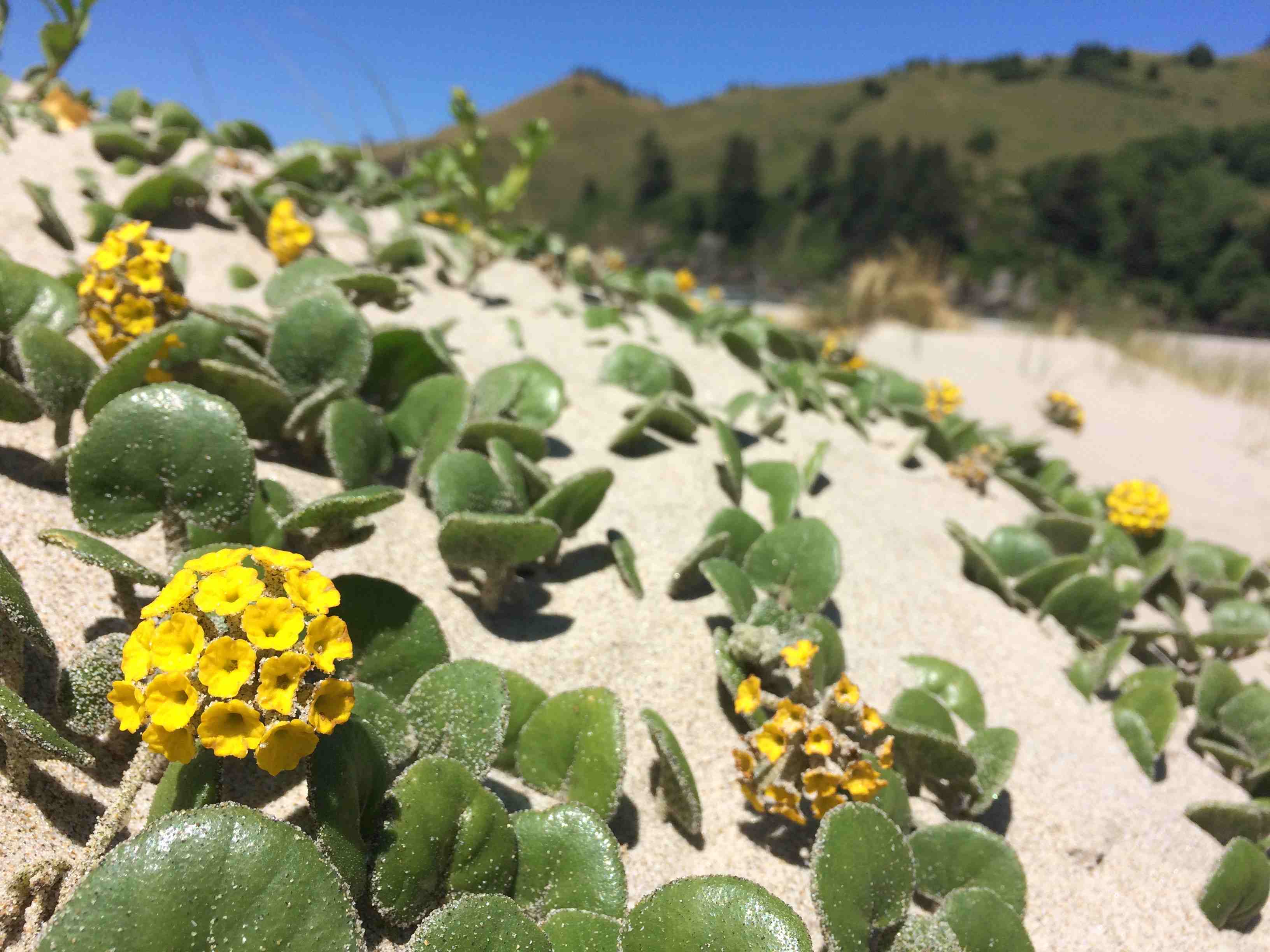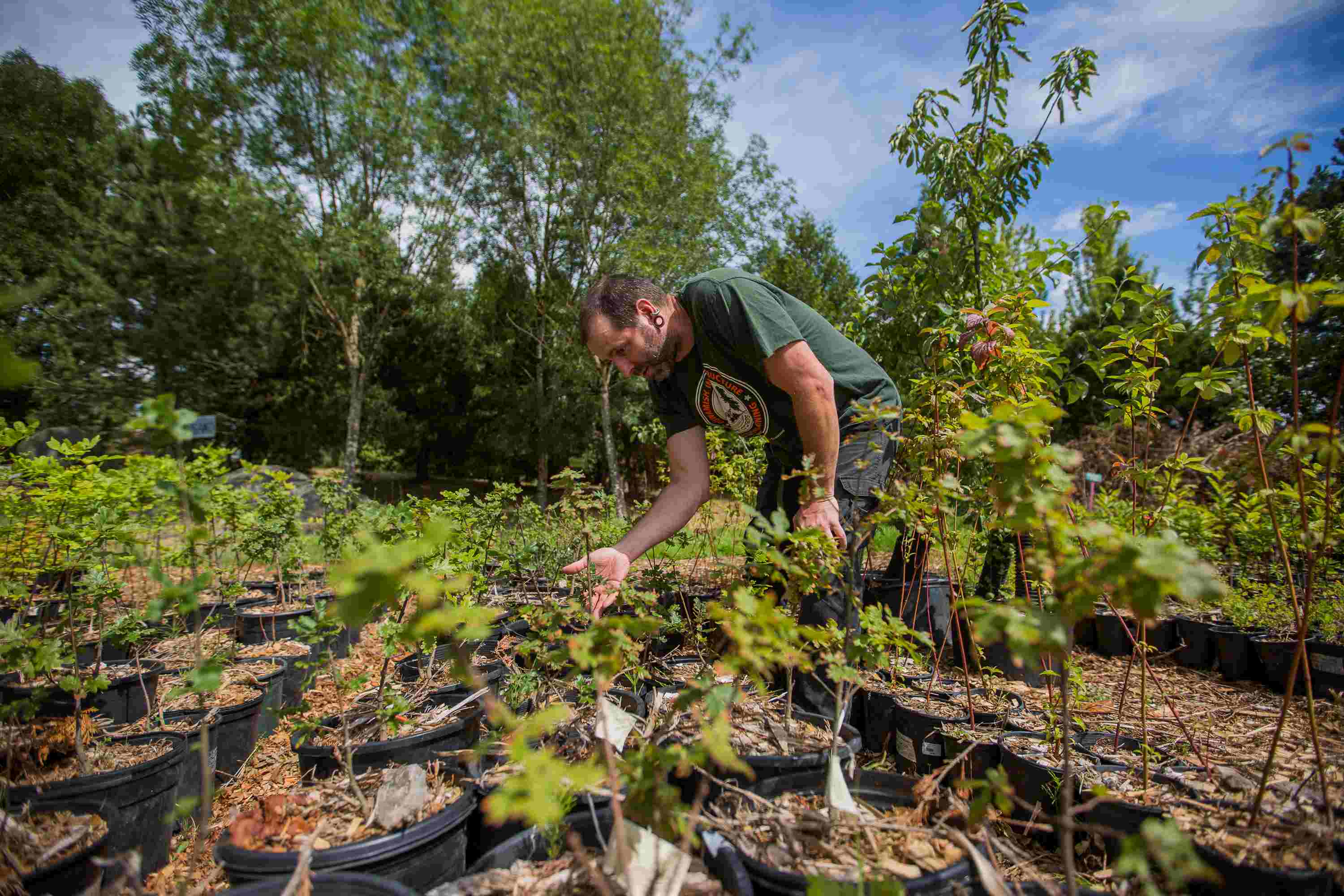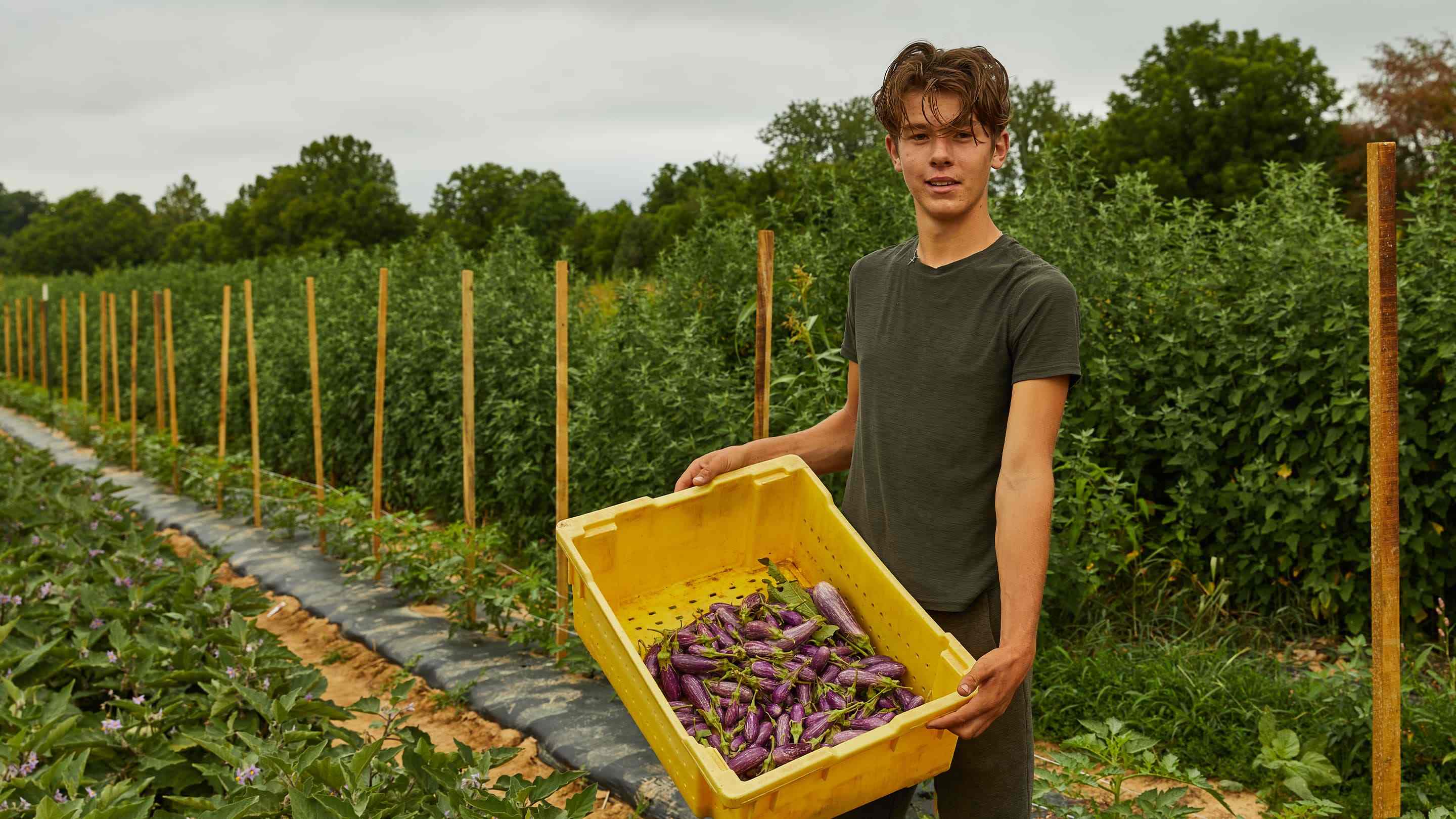Home>Gardening Basics>Understanding Soil>What Planting Zone Is Tucson Arizona


Understanding Soil
What Planting Zone Is Tucson Arizona
Modified: January 22, 2024
Discover the planting zone for Tucson, Arizona and gain a deeper understanding of soil. Expert tips and insights to help your gardening thrive.
(Many of the links in this article redirect to a specific reviewed product. Your purchase of these products through affiliate links helps to generate commission for Chicagolandgardening.com, at no extra cost. Learn more)
Table of Contents
Introduction
Welcome to Tucson, Arizona, where the sun shines brightly and the desert landscapes provide a unique backdrop for gardening enthusiasts. If you’re planning to embark on a gardening journey in Tucson, it’s essential to have a good understanding of planting zones. Planting zones help to determine which plants are most suitable for your specific region, taking into account factors such as temperature, climate, and soil conditions.
Knowing the planting zone of Tucson can provide valuable insights into the types of plants that will thrive in this area. In this article, we will explore the concept of planting zones, delve into the specific planting zone classification system, and discover how to determine the planting zone of Tucson, Arizona. So, let’s dive in and uncover the secrets of successful gardening in the desert!
Gardening in Tucson offers unique challenges and opportunities due to the region’s arid climate and high temperatures. By following the guidelines provided by the USDA (United States Department of Agriculture) Hardiness Zone map, you can identify the appropriate plants for your specific area. This is crucial in ensuring the success of your garden and minimizing the risk of plant failure.
Understanding planting zones involves recognizing that different plants have different temperature and climate requirements. The USDA Hardiness Zone map divides the United States into 11 different zones, each representing a specific range of average annual minimum temperatures. This map serves as a valuable tool for gardeners, providing a basis for selecting suitable plants that can withstand the unique conditions of each zone.
Now that we have a brief understanding of planting zones, let’s explore where exactly Tucson, Arizona is located and how its geographical positioning affects its planting zone classification.
Understanding Planting Zones
Planting zones are geographical regions that help gardeners determine the specific climatic conditions and temperature ranges of an area. These zones are based on the average annual minimum temperatures and serve as a guide for selecting the right plants that can thrive in a particular region.
Each planting zone has a range of temperatures that determine which plants are most likely to survive and flourish in that area. The zones are typically labeled with a number, such as Zone 8 or Zone 9, indicating the average minimum temperature range.
Understanding planting zones is essential because it allows gardeners to make informed decisions about the types of plants that will thrive in their specific climate. By selecting plants that are well-suited to the local conditions, they can save time, money, and effort, while achieving successful and bountiful gardens.
It’s important to note that planting zones are just one piece of the puzzle when it comes to successful gardening. Other factors, such as soil type, sunlight exposure, and rainfall patterns, also play crucial roles in determining plant suitability.
While plants within a specific zone can usually handle the minimum temperature range of that zone, it’s important to remember that they may still require additional specific environmental conditions to grow optimally. Therefore, it’s advisable to research individual plant requirements and consider all relevant factors before making planting decisions.
The USDA Hardiness Zone map is a widely used resource for understanding planting zones in the United States. This map divides the country into 11 zones, ranging from Zone 1 (coldest) to Zone 11 (warmest). Each zone represents a specific temperature range, with a difference of 10 degrees Fahrenheit between adjacent zones.
Armed with a good understanding of planting zones, you’ll be better equipped to choose plants that can thrive in your specific region, ensuring a healthy and vibrant garden. Now that we comprehend the basics of planting zones, let’s explore how these zones are classified and how they can be applied to the location of Tucson, Arizona.
Planting Zone Classification System
The planting zone classification system, often referred to as the USDA Hardiness Zone map, is a standardized method used to categorize regions based on their average annual minimum temperatures. This system provides valuable information for gardeners, helping them select plants that are best suited to their specific climate and environmental conditions.
The USDA Hardiness Zone map divides the United States into 11 distinct zones, with each zone representing a temperature range of 10 degrees Fahrenheit. The zones are labeled numerically, with Zone 1 being the coldest and Zone 11 being the warmest.
The classification of planting zones is based on historical climate data, specifically the lowest average temperature recorded during the winter months. This data is collected over a period of 30 years and is used to determine the average minimum temperature for a given location.
Each zone encompasses a range of temperatures that plants within that zone can typically tolerate. This allows gardeners to choose plants that are more likely to thrive in their specific climate, reducing the risk of frost damage or plant failure.
It’s important to note that the USDA Hardiness Zone map is not the only factor to consider when selecting plants. Other environmental factors, such as humidity, rainfall patterns, and soil conditions, also play a significant role in plant success. Therefore, it’s important to research and consider all relevant factors before making planting decisions.
In addition, microclimates within a larger zone can also affect plant growth. Factors such as elevation, proximity to bodies of water, and exposure to sunlight can create localized climate variations that may differ from the general zone classification. These microclimates can expand or contract the range of plant species that can thrive in a specific area.
The planting zone classification system is an invaluable tool for gardeners and plant enthusiasts. By understanding the range of temperatures that plants can tolerate, individuals can make informed decisions about which plants to grow in their gardens or landscapes. This system helps to increase the chances of plant survival and overall gardening success.
Now that we have a grasp of the planting zone classification system, let’s move on to determining the specific planting zone of Tucson, Arizona.
Where is Tucson, Arizona?
Tucson, Arizona is situated in the southern part of the state, approximately 60 miles north of the US-Mexico border. It is located in Pima County and is the second-largest city in Arizona, following Phoenix.
The city of Tucson rests within the Sonoran Desert, surrounded by breathtaking landscapes and stunning natural beauty. The region is known for its arid climate, characterized by hot and dry summers, mild winters, and an average annual rainfall of around 12 inches.
With an elevation of around 2,400 feet above sea level, Tucson experiences unique weather patterns compared to other parts of Arizona. The higher elevation provides some relief from the scorching temperatures, resulting in slightly milder summer temperatures compared to lower-lying areas.
One notable geographical feature of Tucson is the Santa Catalina Mountains, which rise to an elevation of over 9,000 feet and provide a stunning backdrop to the city. The mountains not only add visual appeal but also influence the local climate by creating variations in temperature and rainfall patterns.
Tucson’s location in the Sonoran Desert makes it an ideal place for those seeking to explore and experience the unique flora and fauna of this arid region. The desert is home to a variety of plant species that have adapted to thrive in the harsh desert conditions, including iconic cacti like the saguaro and prickly pear.
Now that we have a better understanding of where Tucson, Arizona is located, let’s dive into determining the specific planting zone of this desert city.
Determining the Planting Zone of Tucson
To determine the specific planting zone of Tucson, Arizona, we can refer to the USDA Hardiness Zone map. This map provides a simple and effective way to identify the planting zone based on the average annual minimum temperature of an area.
Tucson falls within USDA Hardiness Zone 9a, which signifies an average annual minimum temperature range of 20 to 25 degrees Fahrenheit. This zone indicates that Tucson experiences relatively mild winters compared to colder regions of the country.
The designation of Zone 9a means that gardeners in Tucson can choose from a wide range of plant options that can tolerate the minimum winter temperatures of the region. However, it’s important to consider other factors such as soil type, rainfall patterns, and sunlight exposure when selecting plants to ensure their optimal growth and success.
With the mild winter temperatures characteristic of Zone 9a, Tucson gardeners have the advantage of being able to grow a variety of plants year-round. This includes many types of fruits, vegetables, flowers, and even some tropical plants that thrive in the warm desert climate.
It’s important to note that while Tucson primarily falls within Zone 9a, there may be microclimate variations within the city. Factors such as elevation, proximity to mountains or bodies of water, and variations in sun exposure can create localized climate differences. Therefore, it’s helpful to observe the specific conditions of your garden or landscape to determine if any microclimates exist that may impact plant selection.
Understanding the planting zone of Tucson allows gardeners to make informed decisions about the types of plants that are best suited for the region’s climate. By selecting plants that can thrive in the specific temperature range and environmental conditions, gardeners can increase the chances of success and create a flourishing garden.
Now that we have determined the planting zone of Tucson, let’s explore some plant recommendations that are well-suited for this desert city.
Planting Zone Recommendations for Tucson
Gardening in Tucson, Arizona offers a unique opportunity to cultivate a wide variety of plants that thrive in the desert climate. With the city falling within USDA Hardiness Zone 9a, gardeners have the advantage of long growing seasons and mild winters. Here are some plant recommendations that are well-suited for the planting zone of Tucson:
- Cacti: Tucson’s desert environment is perfect for growing various types of cacti, such as the iconic saguaro, prickly pear, and barrel cactus. These low-maintenance plants are adapted to the arid climate and can add a stunning aesthetic to any garden.
- Succulents: Alongside cacti, succulent plants are excellent choices for Tucson gardens. Succulents store water in their leaves, allowing them to thrive in dry conditions. Popular succulents include aloe vera, agave, and desert marigold.
- Herbs: Tucson’s mild winters make it an ideal location for growing herbs. Popular choices include rosemary, thyme, oregano, and sage. These herbs not only provide flavorful additions to home-cooked meals but also add fragrance and beauty to a garden.
- Citrus Trees: Arizona is known for its citrus production, and Tucson is no exception. Citrus trees such as lemon, lime, orange, and grapefruit do well in the mild winters and hot summers of Tucson. They can be a delightful addition to the landscape and provide fresh, homegrown fruit.
- Desert Wildflowers: Tucson’s arid environment showcases a stunning display of desert wildflowers. Species such as desert marigold, desert bluebells, and globe mallow add vibrant colors and attract pollinators to the garden.
- Native Plants: Embrace the beauty of the Sonoran Desert by incorporating native plants into your Tucson garden. Native plants are adapted to the local climate and require less maintenance. Some recommended choices include creosote bush, mesquite trees, and desert evening primrose.
- Vegetables: With the mild winters and extended growing seasons in Tucson, you can cultivate a range of vegetables. Consider planting tomatoes, peppers, beans, and lettuce for a bountiful homegrown harvest.
Remember to consider specific growing conditions, including soil type, sunlight exposure, and irrigation needs, when selecting plants for your Tucson garden. It’s also important to provide proper care and attention to ensure their health and vitality.
By choosing plants that are well-adapted to the planting zone of Tucson, gardeners can create beautiful, thriving landscapes while conserving water and embracing the unique desert ecosystem.
Now that we’ve explored some plant recommendations, let’s conclude our journey through Tucson’s planting zones and the plants that flourish in this arid region.
Conclusion
Gardening in Tucson, Arizona offers a wonderful opportunity to embrace the beauty and resilience of the desert landscape. By understanding the planting zones and selecting plants that are well-suited for the specific climate and environmental conditions of Tucson, gardeners can create thriving and visually appealing gardens.
Through the USDA Hardiness Zone map, we determined that Tucson falls within Zone 9a, which indicates a mild winter climate with average annual minimum temperatures ranging from 20 to 25 degrees Fahrenheit. This knowledge allows gardeners to make informed decisions about the types of plants that can flourish in Tucson’s unique desert environment.
We explored various plant recommendations for Tucson, including cacti, succulents, herbs, citrus trees, desert wildflowers, native plants, and vegetables. These options provide a diverse range of choices for creating stunning landscapes and enjoying the benefits of homegrown produce.
It’s important to consider additional factors such as soil type, sunlight exposure, and irrigation requirements when selecting and caring for plants in Tucson. By providing the appropriate conditions and care, gardeners can ensure the success and longevity of their gardens.
Whether you’re a seasoned gardener or just starting your green-thumb journey, embracing Tucson’s planting zone and selecting suitable plants will enhance your gardening experience. The unique beauty of the desert, with its array of cacti, desert wildflowers, and native plants, can transform your garden into an oasis of natural wonder.
So, roll up your sleeves, grab your gardening tools, and embark on a rewarding journey of gardening success in Tucson, Arizona. With a good understanding of the planting zone and the right plant selections, you’ll enjoy a flourishing garden that brings joy and beauty to your outdoor space.
